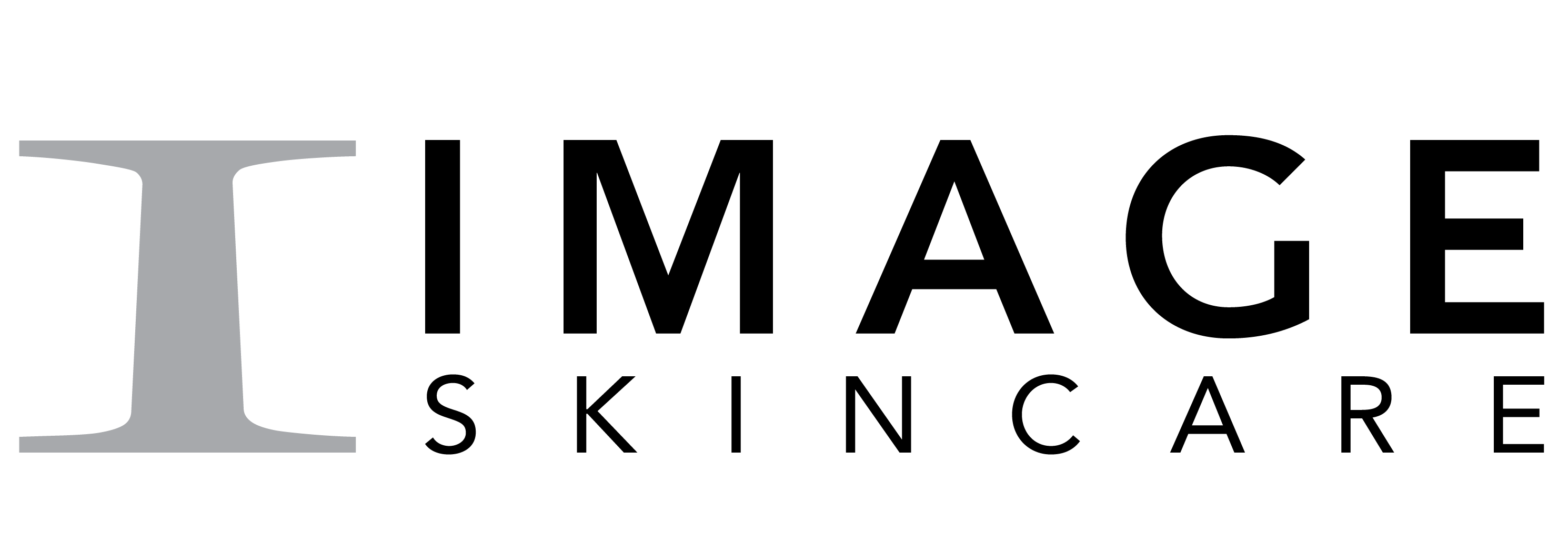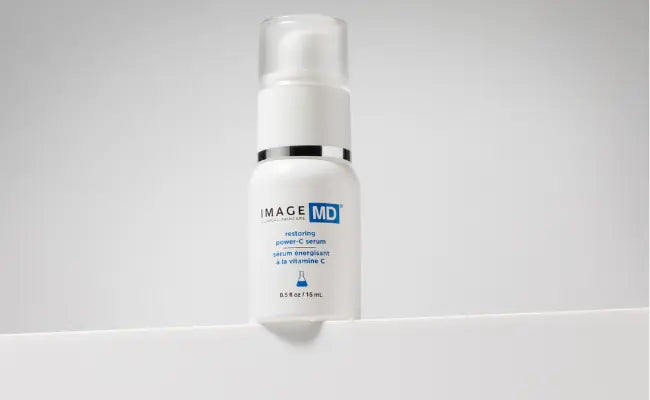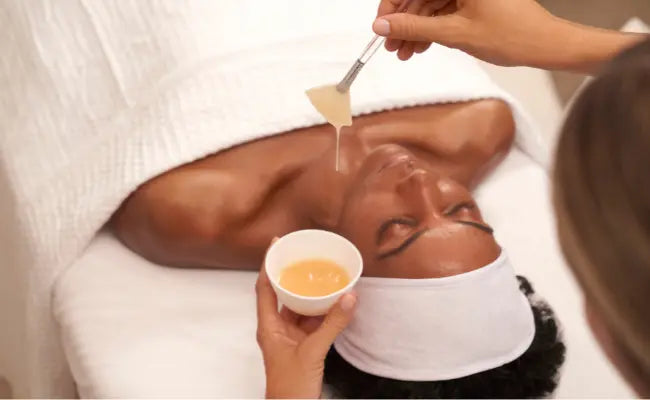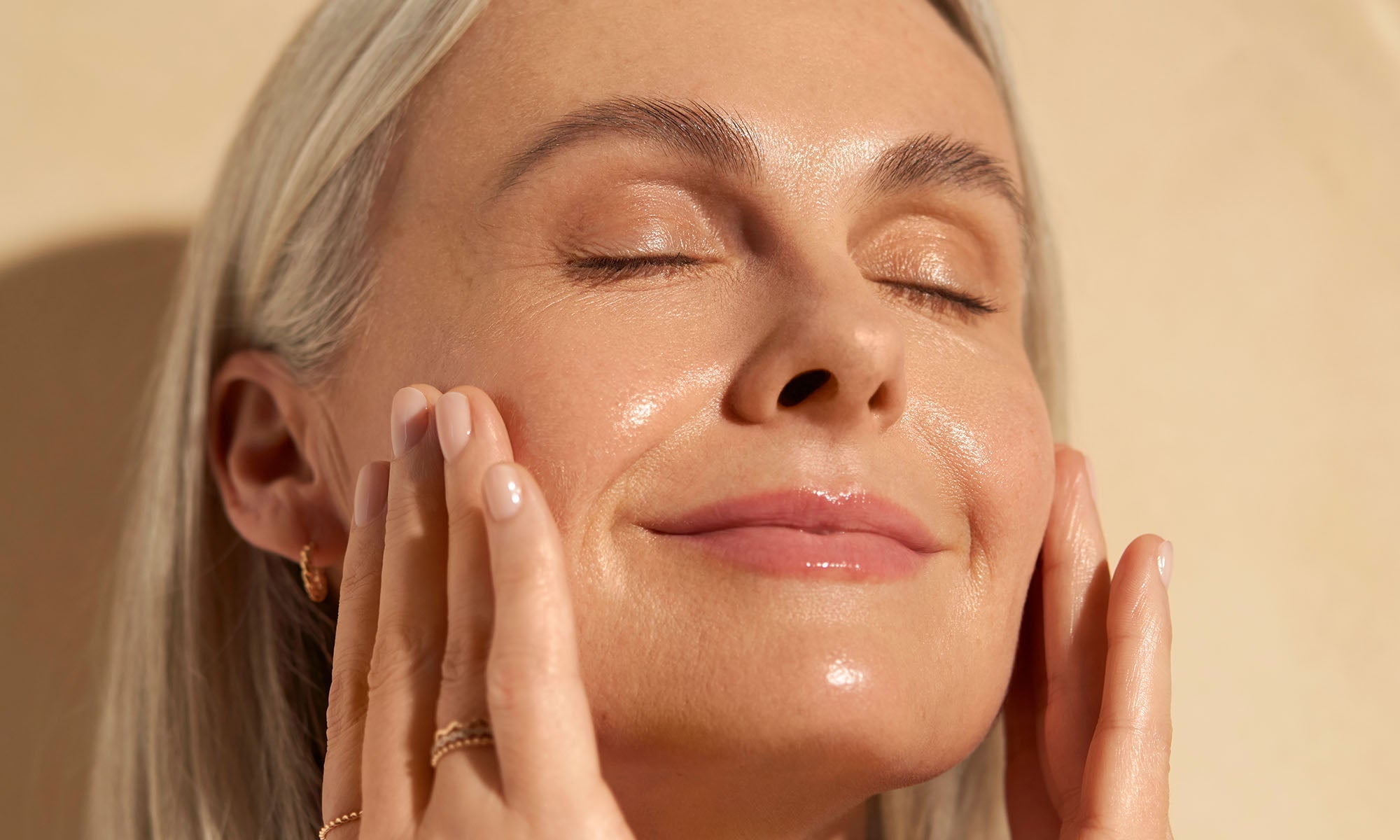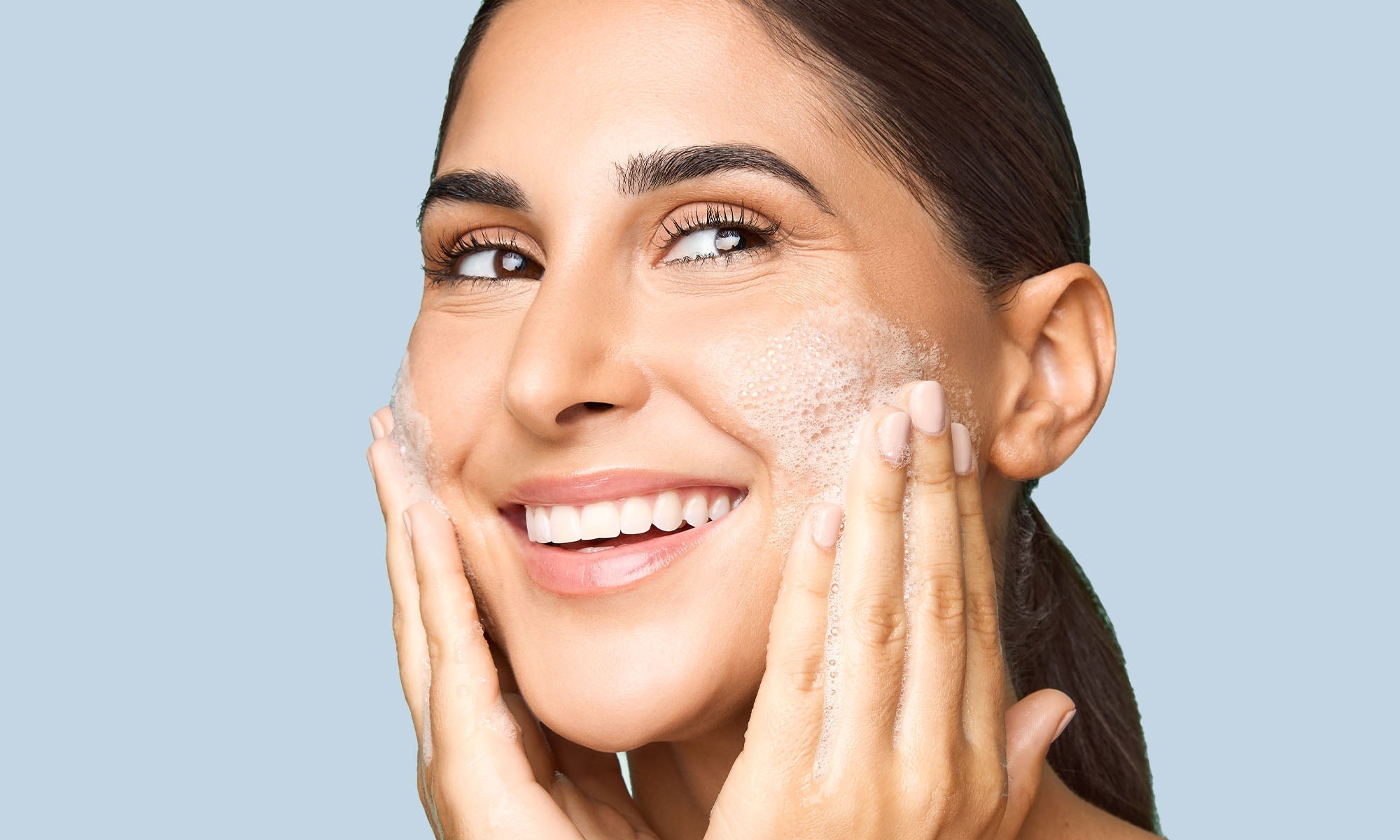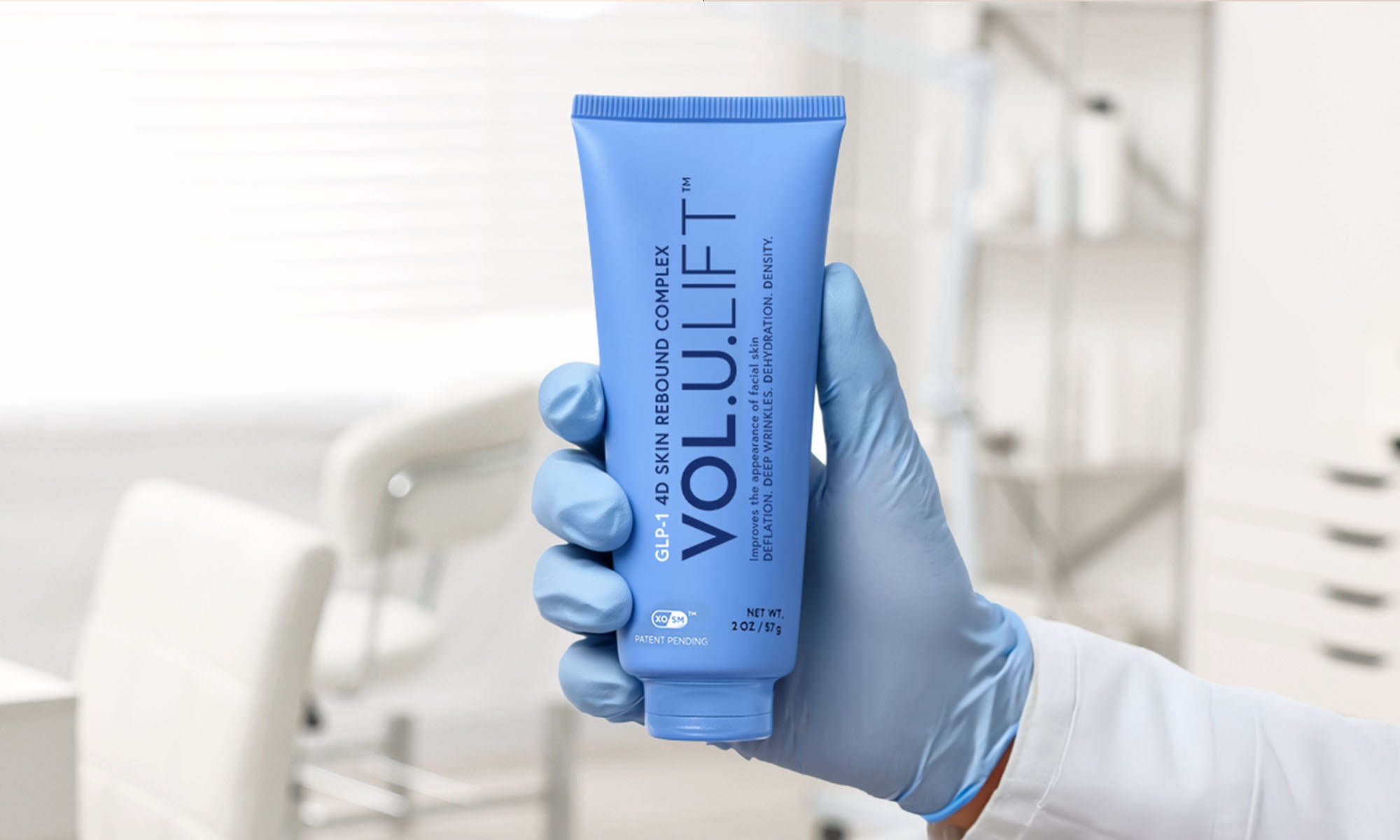
VOL.U.LIFT vs. Skin Tightening Devices: Which Is Right for You?
If you’ve noticed sagging skin, hollowing, or facial volume loss—whether from weight loss, GLP-1 medications like Ozempic, or natural aging—you’re not alone. Many people explore solutions ranging from at-home skin tightening devices to professional procedures. But there’s also a powerful topical option: VOL.U.LIFT, a breakthrough firming topical solution that improves the appearance of facial skin in 4D, addressing deflation, deep wrinkles, dehydration and density.
In this guide, we’ll compare VOL.U.LIFT to skin tightening devices, helping you decide which path aligns with your goals, lifestyle, and budget.
What Is VOL.U.LIFT and How Does It Work?
Formulated by a plastic surgeon, VOL.U.LIFT is IMAGE Skincare’s advanced facial firming cream that visibly restores volume and improves skin density. Instead of using heat or energy, VOL.U.LIFT works at the skin’s surface and within to hydrate, firm, and smooth.
This breakthrough cream was designed with next generation hyaluronic acid, collagen fragments, bakuchiol and amino acids with lipofilling results. The complex of potent actives improves skin impacted by GLP-1 induced facial volume loss and skin texture decline by addressing the appearance of sagging, crepey skin, lost volume, dehydration and wrinkles.
It’s especially effective for those experiencing sagging skin after weight loss, “Ozempic face,” or early signs of facial volume loss. With consistent daily use, skin appears lifted, plumper, and more defined—without downtime, devices, or invasive treatments.
Learn more about VOL.U.LIFT science and benefits.
What Are Skin Tightening Devices?
Skin tightening devices are in-office or advanced at-home tools that use energy to stimulate collagen and elastin production. They target deeper skin layers to improve firmness and reduce laxity. Common modalities include:
- Radiofrequency (RF): Uses heat energy to trigger collagen remodeling and mild tightening.
- Ultrasound (Ultherapy): Delivers focused ultrasound energy to lift deeper layers, often for jowls and neck.
- Laser skin tightening: Uses light-based energy to improve laxity and texture.
- Microneedling with RF: Combines micro-injury with radiofrequency for collagen stimulation.
While effective, these treatments often require multiple sessions, financial investment, and professional oversight—or strong at-home skin tightening devices for maintenance.
Key Differences at a Glance

Who Should Choose VOL.U.LIFT?
VOL.U.LIFT is ideal for:
- Those with early signs of sagging skin or hollowing.
- Individuals experiencing facial volume loss after weight loss or GLP-1 medication use.
- People looking for a non-invasive, skincare-based solution.
- Anyone looking to improve the appearance of volume loss, thinning texture and sagging.
- Explore how VOL.U.LIFT works seamlessly in your routine: shop VOL.U.Lift.
Who Might Benefit More from Devices?
While VOL.U.LIFT delivers impressive topical results, devices may be better suited for:
- Individuals with moderate to severe sagging (jowls, deep folds, significant neck laxity).
- Those ready to invest time and budget into professional treatments.
- People seeking structural lifting beyond the skin’s surface.
Can You Combine VOL.U.LIFT with Devices?
Yes—many people choose a combination approach. VOL.U.LIFT can enhance and maintain results from professional treatments or at-home devices. Daily application helps support firmness, hydration, and contour, while devices address deeper collagen loss. Together, they create a comprehensive skin firming plan.
Final Verdict: Choosing What’s Right for You
When deciding between VOL.U.LIFT and skin tightening devices, consider:
- Your skin goals: Are you addressing early volume loss or advanced laxity?
- Your budget: Are you looking for an affordable daily solution or ready to invest in in-office care?
- Your lifestyle: Do you prefer no downtime or are you open to treatments requiring recovery?
VOL.U.LIFT is a powerful, accessible first step—or the perfect companion to professional care. For a lifted, firm look without downtime, it’s a smart choice to add to your skincare routine.
Frequently Asked Questions About VOL.U.LIFT and Skin Tightening Devices
Q: Can creams really tighten sagging skin?
A: While no cream can replace the results of in-office procedures, advanced formulations like VOL.U.LIFT are clinically designed to improve firmness, support hydration, and restore visible volume. Daily use can help reduce the look of sagging skin after weight loss or aging, especially when started early.
Q: What is the best treatment for “Ozempic face”?
A: People using GLP-1 medications such as Ozempic often experience facial volume loss, sometimes called “Ozempic face.” VOL.U.LIFT offers a non-invasive, topical way to restore a lifted, fuller look without injections or downtime. For more advanced sagging, in-office skin tightening devices or dermal fillers may be recommended.
Q: Are at-home skin tightening devices effective?
A: Some at-home skin tightening devices using radiofrequency or microcurrent can offer mild improvements, but they typically need consistent use and a higher upfront cost. VOL.U.LIFT provides a lower-commitment, topical alternative that’s easy to integrate into your daily skincare routine.
Q: How long does it take to see results with VOL.U.LIFT?
A: VOL.U.LIFT works gradually with daily use. Many users notice firmer, more lifted skin within weeks, with continued improvement over time. Unlike devices, there’s no downtime and no need for repeated in-office visits.
Q: Can I use VOL.U.LIFT with professional treatments?
A: Yes. VOL.U.LIFT pairs well with professional or at-home devices by supporting hydration and firmness between sessions. It’s a safe way to enhance and extend results from procedures like RF, ultrasound, or laser treatments.

